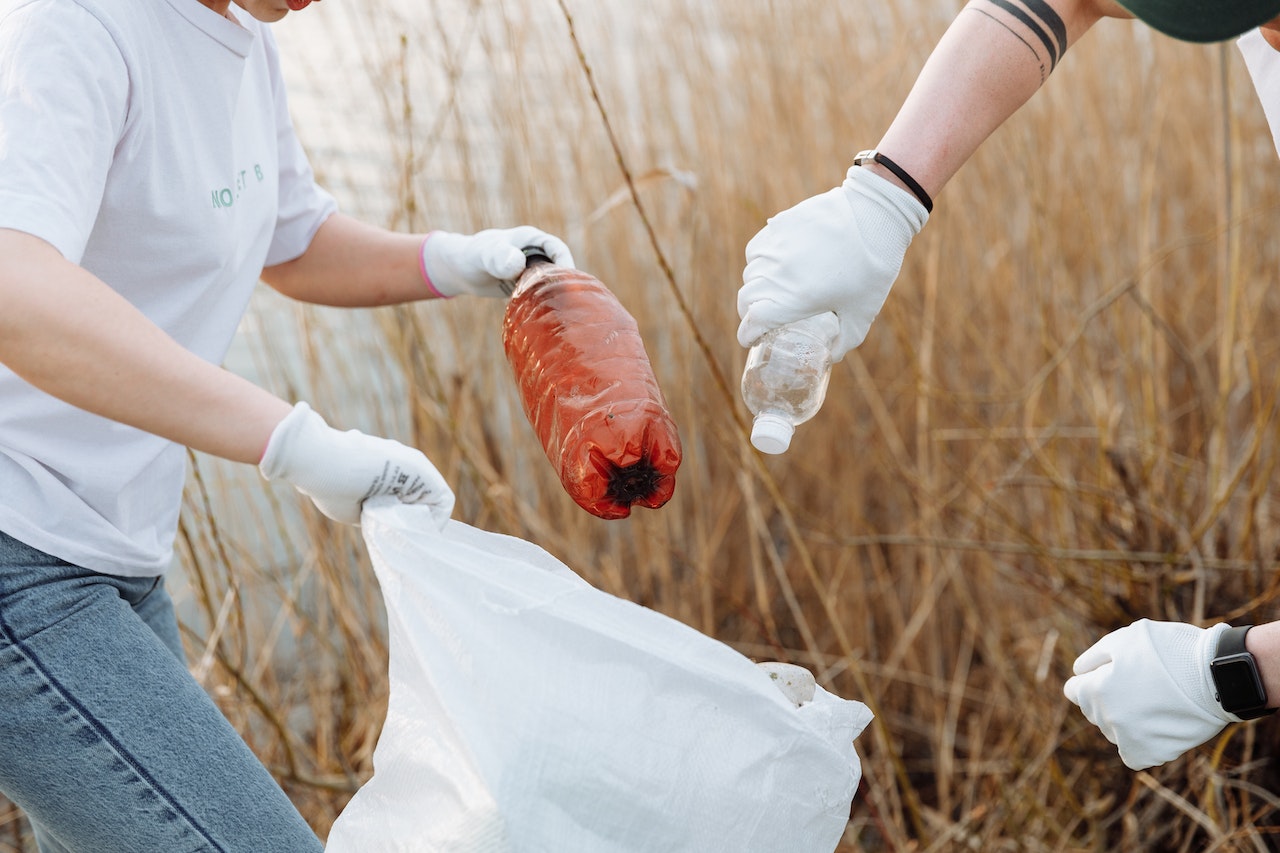Recycling is important, as we all know. It reduces pollution, conserves resources, and helps to keep our planet clean. But did you realize that there are correct and incorrect ways to recycle? That’s right – not all recycling methods are created equal. In this blog post, we’ll explore three of the best (and worst) ways to recycle.
The Best Way to Recycle: Reduce, Reuse, Recycle
The best way to recycle is actually to reduce the amount of waste you create in the first place. You can do this by investing in reusable products, repairing items instead of throwing them away, and composting organic matter. When it comes to recycling, the mantra is “reduce, reuse, recycle.” In that order!
One of the most important things we can do for the environment is to reduce, reuse, and recycle. However, ensuring we are doing it the right way is important. For example, many people think they should rinse their recyclables before putting them in the recycling bin. However, recycled materials are sorted by machines, so rinsing them is unnecessary and can use more water than is necessary. It is also important to make sure that we are recycling items that can actually be recycled. While most paper products can be recycled, items like styrofoam and plastic wrap are not recyclable. Finally, it is important to remember that reducing and reusing should always come before recycling. For example, instead of buying a disposable water bottle every day, invest in a reusable one. By following these simple tips, we can all do our part to reduce our environmental impact. Do your part to help protect our planet!
The Second Best Way to Recycle: Curbside Recycling Programs
Most communities have curbside recycling programs that make recycling easy and convenient. Simply place your recyclables in the designated bin, and the garbage collectors will do the rest. While not all materials can be recycled through curbside programs (such as electronics), most glass, plastic, metal, and paper products can be recycled this way.
Curbside recycling programs are a great way to help the environment and reduce waste. However, it is important to do them the right way. First, check with your local recycling program to see what materials they accept. Some programs only accept certain types of materials, such as glass or plastic. Others may have different requirements for different kinds of materials. Second, clean your recyclables before putting them in the bin. Recycling facilities can reject dirty materials, which can be difficult to clean once contaminated. Third, make sure to avoid mixing recyclables with non-recyclables. This can make it difficult for recycling facilities to process the materials correctly. By following these simple tips, you can help ensure that your recyclables are correctly recycled and positively impact the environment.
The Third Best Way to Recycle: Drop-off Centers
Drop-off centers are another option for recycling materials that cannot be recycled through curbside programs. These centers usually accept a wider range of materials than curbside programs – including electronics, hazardous waste, and construction debris. To find a drop-off center near you, simply Google “recycling drop-off center [your city].”
Recycling Drop-off Centers are a great way to recycle materials that can’t be recycled curbside. However, it’s important to use them correctly to ensure that the material is recycled. Items should be clean and dry and placed in the correct container. For example, cardboard should be placed in the designated bin for paper, and glass should be placed in the bin for bottles and cans. Plastic containers should be emptied and rinsed before being placed in the plastic recycling bin. By following these simple guidelines, you can help ensure that your recyclables get recycled.
The Worst Way to Recycle: Incineration
Incineration is a process in which waste is burned at extremely high temperatures. Despite the fact that incineration may reduce trash volume by up to 90%, it also increases air pollution and global warming. For these reasons, incineration is considered one of the worst recycling methods.
Most people are familiar with the incineration process but may not be aware of its harmful effects on the environment. Incineration is the burning of garbage in order to lessen its volume. Even while it can appear to be a practical approach to get rid of the trash, this really adds a lot of dangerous toxins to the air. These pollutants can include dioxins, heavy metals, and particulate matter. In addition, incineration facilities are often located in already disadvantaged areas, further exacerbating environmental injustice. There are many other ways to dispose of more environmentally friendly trash, such as recycling or composting. Therefore, incineration should be avoided whenever possible.
The Second Worst Way to Recycle: Illegal Dumping
Illegal dumping, or the unlawful disposal of waste in unauthorized areas, pollutes the environment and poses health risks to both people and animals. If you witness illegal dumping, report it to your local authorities immediately.
Every year, millions of tons of trash are illegally dumped in the United States. This illegal dumping harms the environment and costs taxpayers billions of dollars in cleanup and debris removal costs. In addition, illegal dumping can create health and safety hazards for both humans and animals. Dumped materials can leach toxic chemicals into the ground, contaminating water supplies and attracting vermin such as rats and cockroaches. Furthermore, illegal dumping sites are often used as hazardous waste grounds, which can seriously threaten public health. If you see someone illegally dumping trash, report it to the authorities. By working together, we can help to keep our environment clean and safe.
The Third Worst Way to Recycle: Contamination
Contamination occurs when non-recyclable materials are mixed in with recyclable materials. This can significantly reduce the quality of recycled materials and make them unusable. To avoid contamination, properly rinse and sort your recyclables before placing them in the recycling bin.
Conclusion:
Recycling is an important part of preserving our planet – but only if it’s done correctly. The best way to recycle is actually to reduce the amount of waste you create in the first place by investing in reusable products and composting organic matter. If you need to recycle, use your community’s curbside recycling program or take advantage of a local drop-off center. And whatever you do, don’t incinerate your waste!

